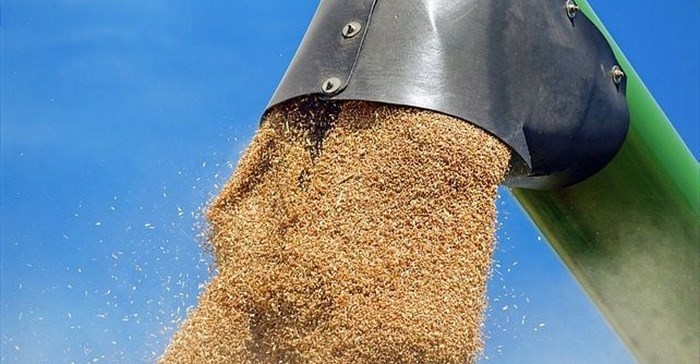
FAO’s Food Price Index was nearly unchanged in January from the previous month and almost 3% below its level of a year ago, according to the food price report.
FAO’s updated forecast for worldwide cereal production in 2017 now stands at 2,640 million tonnes, 1.3% higher than 2016 and an all-time record high. The forecast has been raised by 13.5 million tonnes since December, with coarse grains driving the bulk of the increase, due largely to higher maize output expected in China, Mexico and the European Union.
FAO also raised its 2017 production forecasts for wheat, due to expectations of bigger harvests in Canada and the Russian Federation, and for rice, following an upward revision in China.
Projected cereal utilization in the 2017/18 season was also raised, now up 1.4% from 2016/17. The upward revision includes a notable jump for coarse grains, whose use for livestock feed is forecast to reach an all-time high on the back of sizable increases projected for Brazil, China, the EU and Mexico.
As cereal output is seen expanding more than utilisation, stocks are projected to rise above their already high opening levels, leading to a comfortable world stocks-to-use ratio of 27.7%, the highest since 2001/02. International trade volumes, meanwhile, are expected to contract slightly for all the major cereals except maize.
The FAO Food Price Index averaged 169.5 points in January, nearly unchanged from the previous month, as rising prices for staple grains and palm oil were offset by declining quotations for sugar, butter and cheese.
The FAO Cereal Price Index rose almost 2.5% from December, as the effect of large supplies was more than offset by concerns over weather and a weaker US dollar. The index, which covers wheat, rice and coarse grains including maize, is 6.3% higher than its January 2017 level.
The FAO Vegetable Oil Price Index was virtually unchanged in January, as palm oil values rose moderately while those for sunflower and rapeseed oils weakened.
The FAO Dairy Price Index declined 2.4% from December 2017. Lower international price quotations for butter and cheese – spurred by abundant supplies in the northern hemisphere and Australia - outweighed higher prices of milk powders.
The FAO Sugar Price Index declined 1.6% to more than 30% below its year-ago level, driven by strong production outcomes and consequently ample export availabilities.
The FAO Meat Price Index was almost unchanged month-on-month, as weak import demand for poultry and pigmeat offset stronger demand for ovine meat and reduced quantities of bovine meat offered for sale from Oceania.